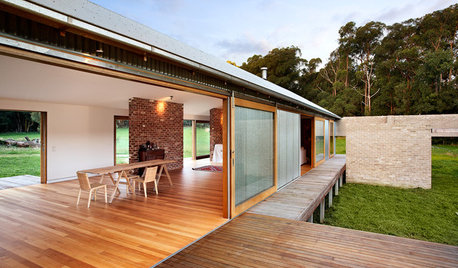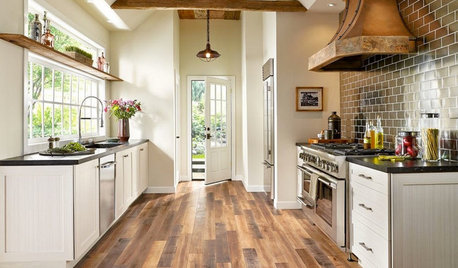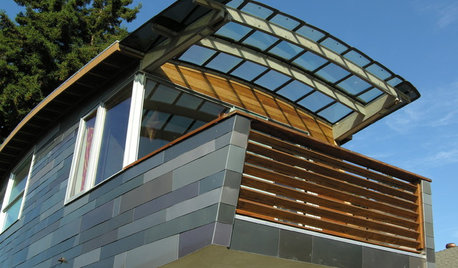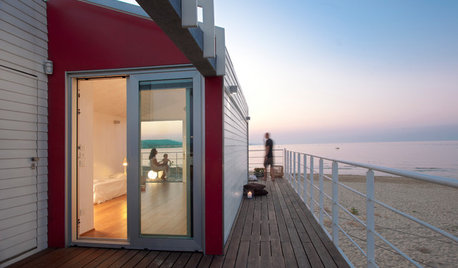What to Use: Faced or Unfaced Mineral Wool Insulation
chipster_2007
11 years ago
Related Stories

GREEN BUILDINGEcofriendly Cool: Insulate With Wool, Cork, Old Denim and More
Learn about the pros and cons of healthier alternatives to fiberglass and foam, and when to consider an insulation switch
Full Story
GREEN BUILDINGInsulation Basics: Heat, R-Value and the Building Envelope
Learn how heat moves through a home and the materials that can stop it, to make sure your insulation is as effective as you think
Full Story
REMODELING GUIDESCool Your House (and Costs) With the Right Insulation
Insulation offers one of the best paybacks on your investment in your house. Here are some types to discuss with your contractor
Full Story
ARCHITECTUREHow Thermal Mass Keeps You Warm and Cool
Passive solar design makes use of this element. Here’s how it works and how you can get it in your home
Full Story
REMODELING GUIDES11 Reasons to Love Wall-to-Wall Carpeting Again
Is it time to kick the hard stuff? Your feet, wallet and downstairs neighbors may be nodding
Full Story
MOST POPULARPros and Cons of 5 Popular Kitchen Flooring Materials
Which kitchen flooring is right for you? An expert gives us the rundown
Full Story
HOME INNOVATIONSHouzz Tour: Meet a Home Made With Minivan Parts
Sawn-off car roofs for the siding, windows popped out of van doors ... this California home is as resourceful as it is beautiful
Full Story
GREEN BUILDINGChampioning the Solar House, From the 1930s to Today
Homes throughout history that have used the sun offer ideas for net-zero and passive homes of the present, in a new book by Anthony Denzer
Full Story
HOMES AROUND THE WORLDHouzz Tour: In Italy, a Former Fishing House Becomes a Beach Hangout
Today it’s a place for hosting friends and family or contemplating the sea
Full Story
VACATION HOMESWorld of Design: 10 Great Escapes Built for R&R
These vacation homes from around the globe will make you want to take flight
Full StoryMore Discussions









worthy
renovator8
Related Professionals
Parkland Home Remodeling · Pleasanton Kitchen & Bathroom Designers · Buffalo Grove Kitchen & Bathroom Remodelers · Durham Kitchen & Bathroom Remodelers · Saint Helens Kitchen & Bathroom Remodelers · Sun Valley Kitchen & Bathroom Remodelers · Upper Saint Clair Kitchen & Bathroom Remodelers · Shaker Heights Kitchen & Bathroom Remodelers · North Chicago Kitchen & Bathroom Remodelers · Forest Hills Kitchen & Bathroom Remodelers · Hillcrest Heights Architects & Building Designers · Martinsville Architects & Building Designers · Morganton Architects & Building Designers · Seal Beach Architects & Building Designers · Taylors Architects & Building Designerssnoonyb
energy_rater_la
renovator8
chipster_2007Original Author
columbusguy1
worthy
energy_rater_la